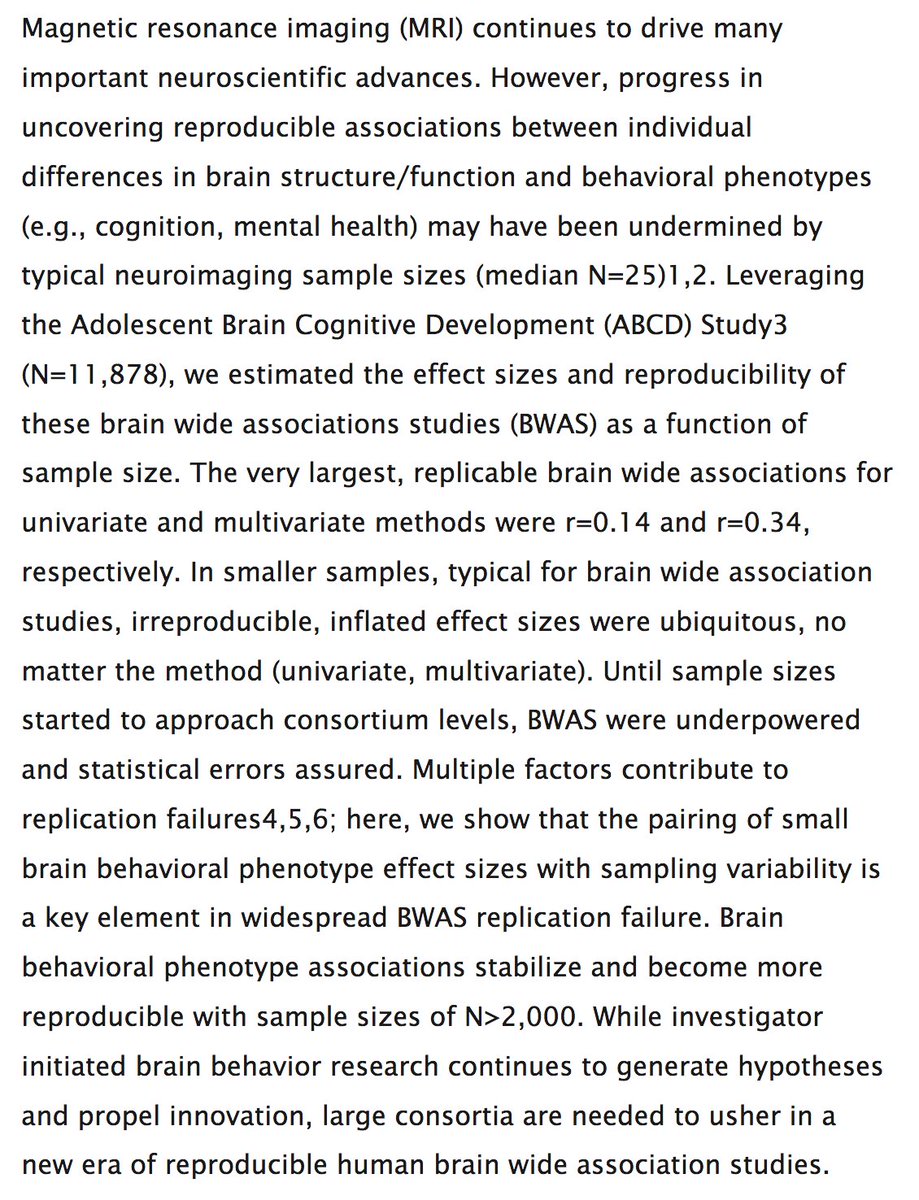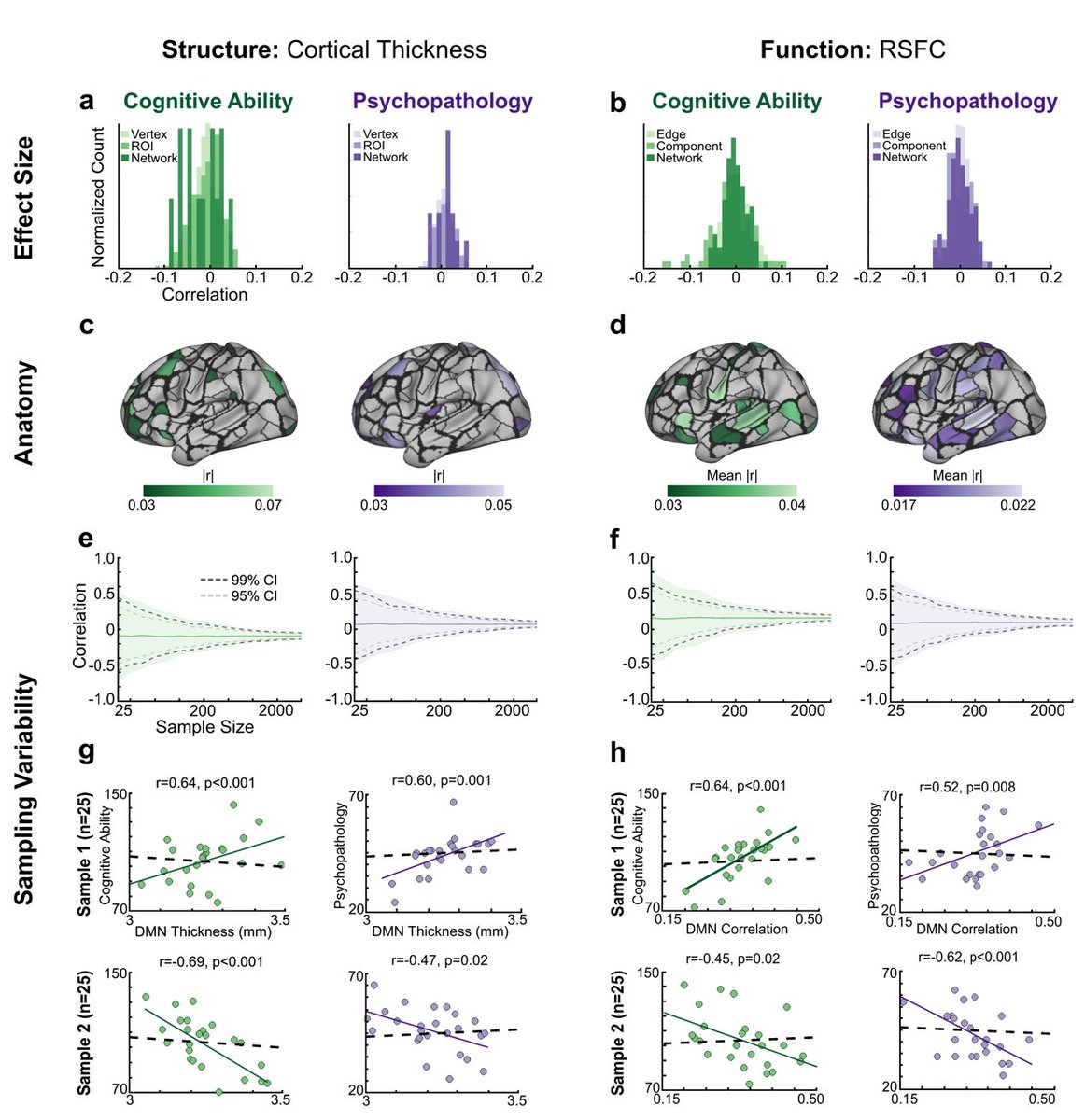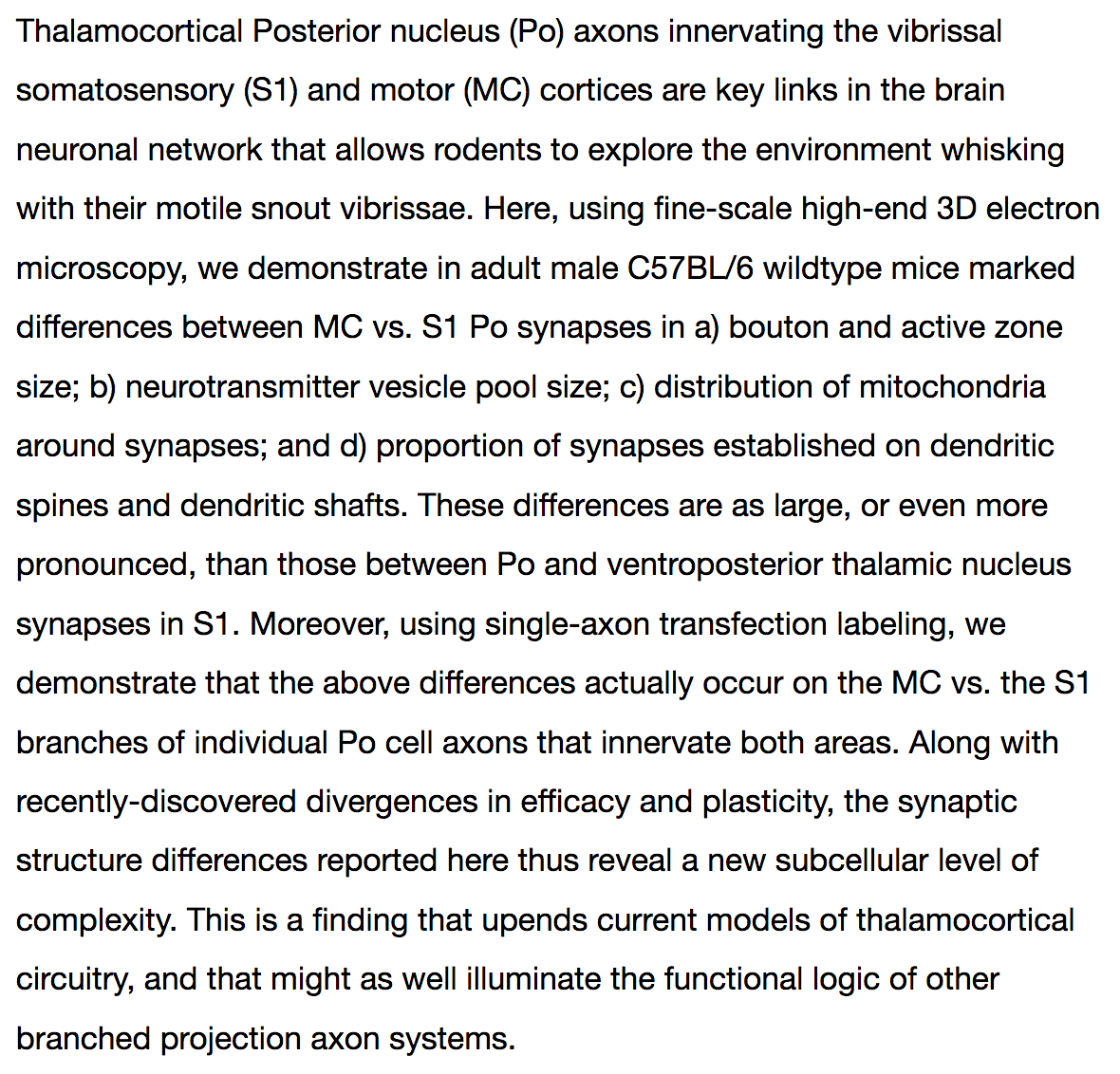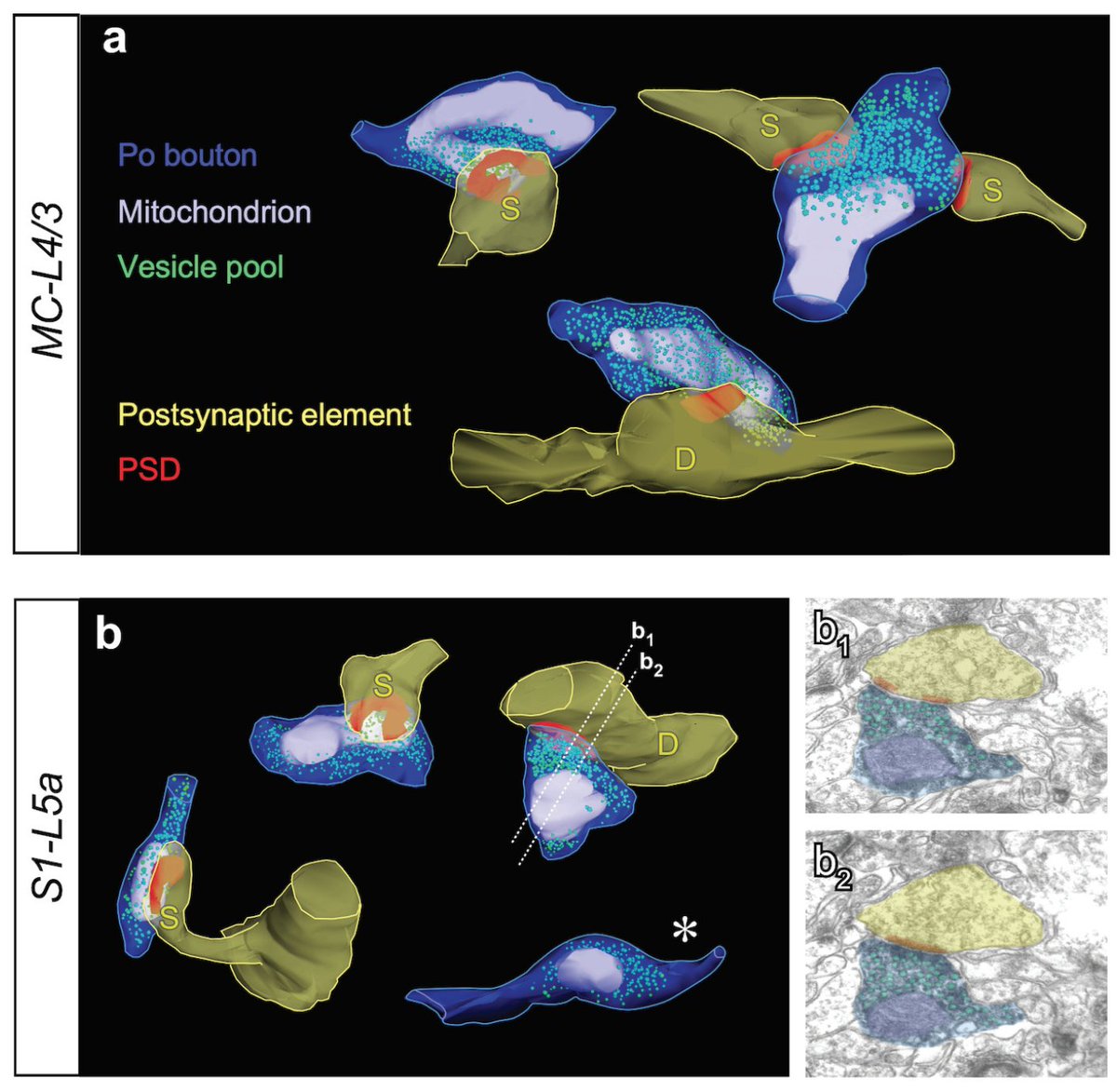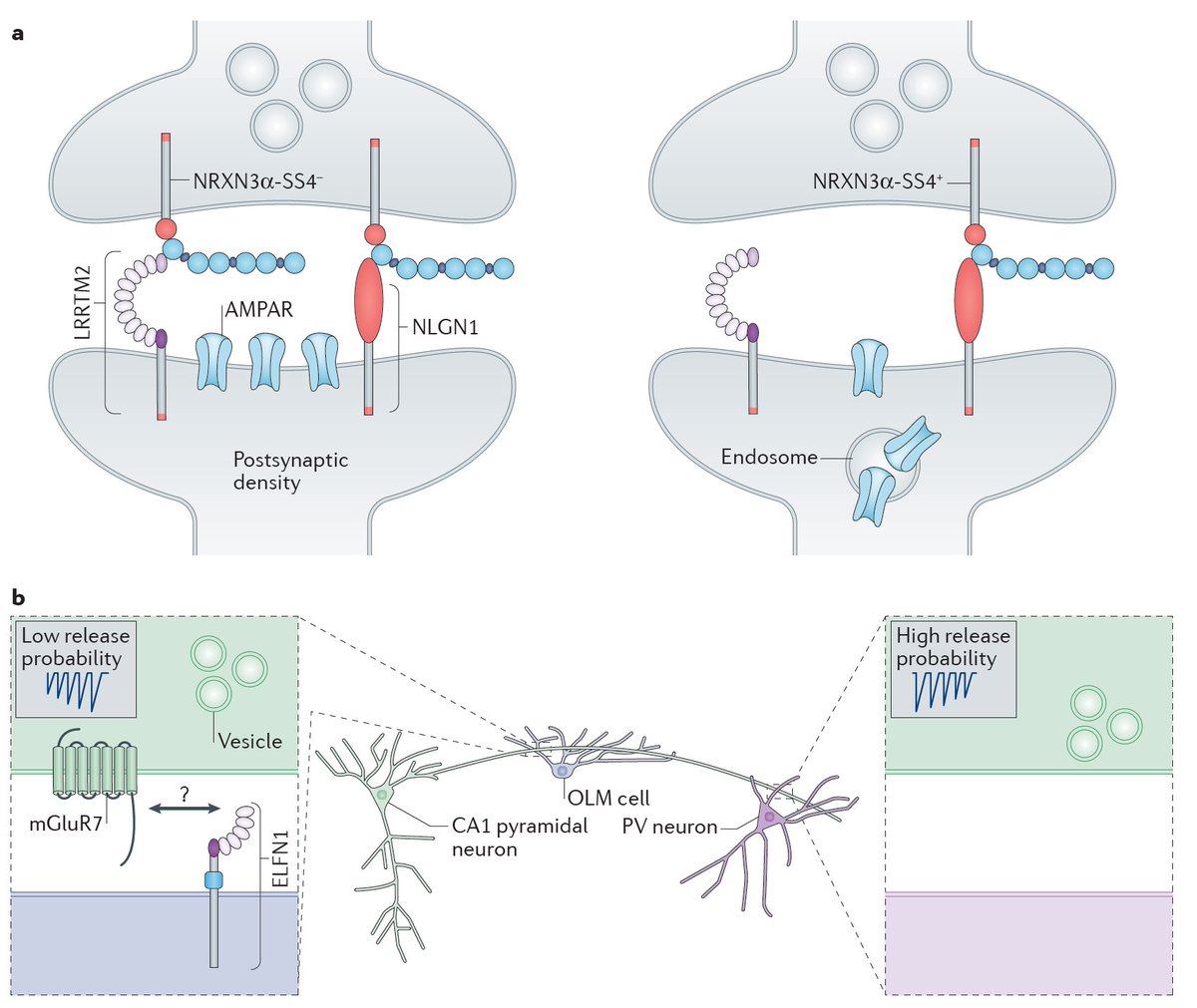
Really excellent, insightful article highlighting crucial role of culture in understanding variation in heritability 👇 But I have a quibble... (thread below)
https://twitter.com/mmuthukrishna/status/1395731515540127746
The article frames phenotypic variance as capable of being partitioned into a component explained by genetic variance and a component explained by environmental variance. 2/n
And it looks in detail at how environmental variance and gene-environment interactions (and therefore heritability) are all sensitive to cultural differences, clustering, sampling effects, etc. 3/n
This is all great and provides welcome and essential nuance to often simplistic interpretations of results from behavioural genetics 4/n
But in framing all non-genetic variance as "environmental" in origin it ignores a third component of variance, which is developmental 5/n
Many of our psychological traits reflect differences in brain development. A lot of this variation may be genetic in origin, but much of it is due to inherent stochastic developmental variation. 6/n
The brains (and minds) of MZ twins are already different from each other at birth, prior to any experience or environmental effects. 7/n
Rather than thinking about genetic versus environmental sources of variance, we should think about innate versus experiential... 8/n
It then becomes interesting to ask the extent to which different cultures allow such individual innate predispositions to be expressed or even amplified... 9/n
This ties back in to all the important themes of the article, but recognises that not all innate differences are genetic in origin and not all non-genetic effects are environmental. 10/n
And finally, while I'm here, you can read more about this in my book INNATE 😊 press.princeton.edu/books/paperbac…
Actually, things get even more complicated, in ways that mirror the meta-interaction theme of the target article...
Developmental variability is itself a genetic trait. Increasing load of genetic variation decreases developmental robustness, as discussed in this short talk: via @YouTube
AND, this varying ability of the developing organism to channel development into an optimal range is affected by environmental variation!
IQ - one of the main traits of interest of the target article - may actually be partly an index of this kind of developmental robustness wiringthebrain.com/2012/07/geneti…
At the end of the day, main effects of different sources of variance are a (sometimes useful) statistical abstraction. In reality, it's interactions all the way down.
• • •
Missing some Tweet in this thread? You can try to
force a refresh


